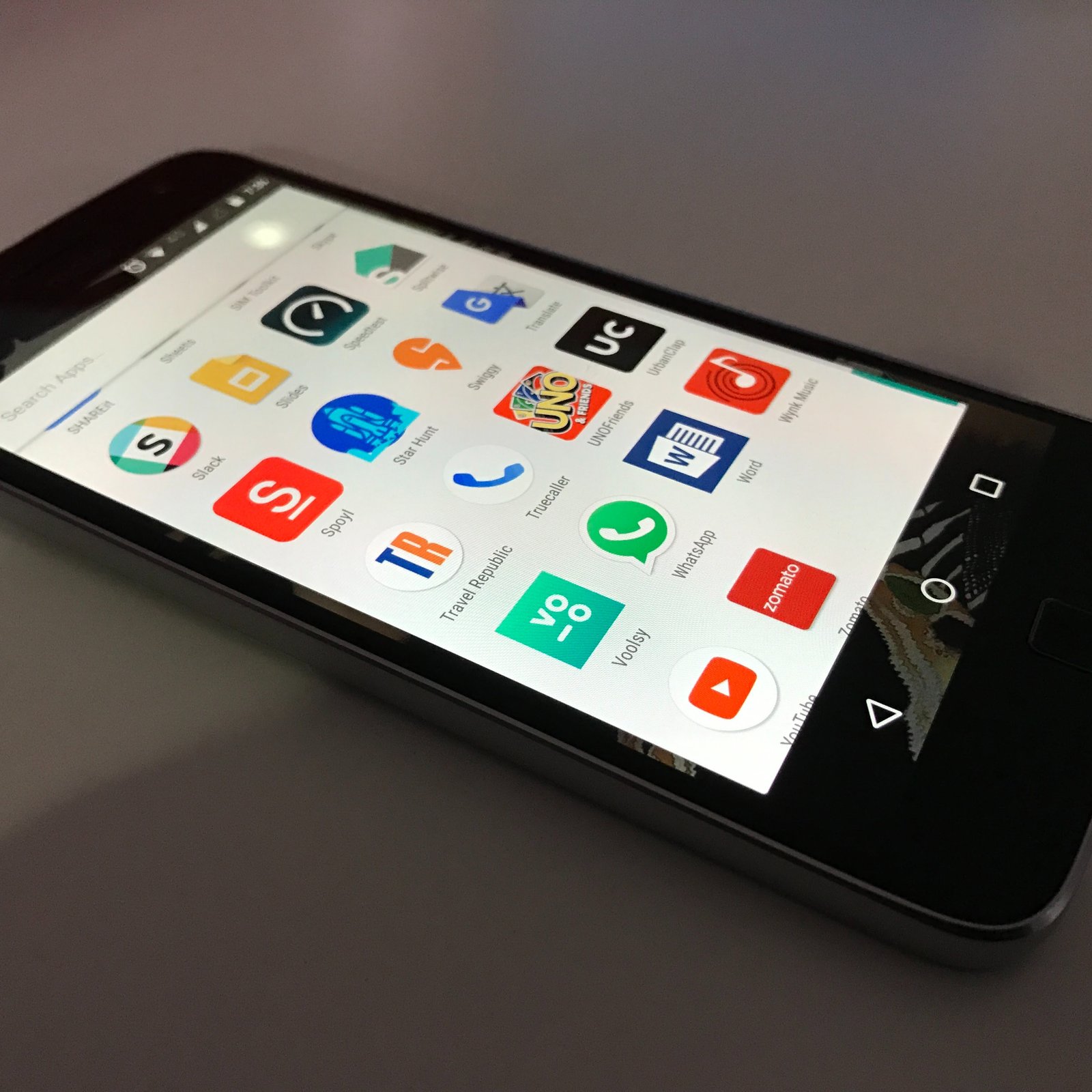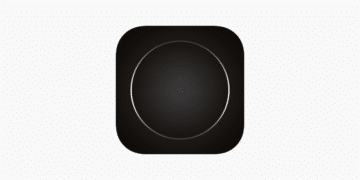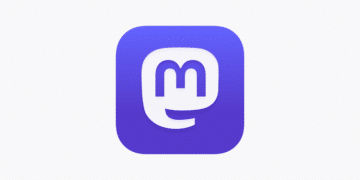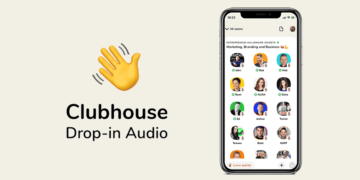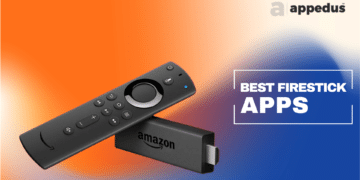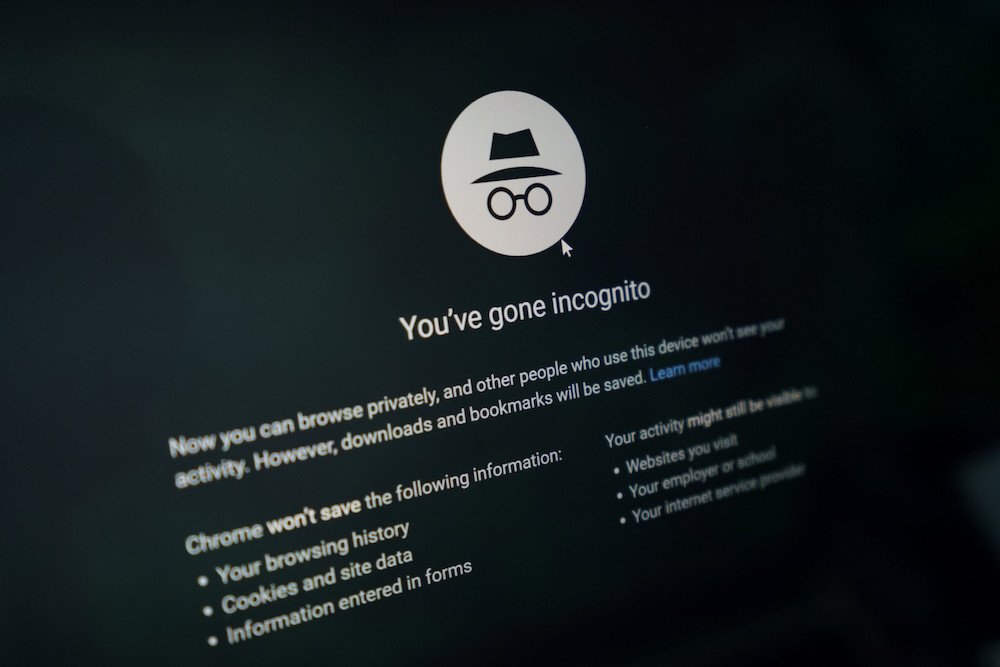- Google’s browser Chrome records user data even when they browse the internet through incognito mode.
- Judge, Lucy Koh says that Google does not state that it records the user data even in the incognito mode.
A US district judge in California says that you can sue Google for collecting the data on users. Even though they use “private browsing mode” on the selected browsers.
Three users filed a lawsuit against Google:
Three Google users Chasom Brown, Maria Nguyen, and William Byatt brought this action forward. They have used private browsing mode in Chrome and Safari in recent years. The action claims that the search engine giant tracks and collects browsing history and other activity data. No matter what safeguards users have implemented. On Google’s browser, this is known as “incognito mode”.
The complaint alleges that Google can track users in the private browsing mode through Google analytics, Google ad manager, Google app on mobile devices, and Google sign-in button for websites. Google analytics and AD manager uh ah common traffic ok and advertisement tools that websites use. These tools provide insights about the visitors like demographic data and the frequency of their visits. This data helps them with the management of their advertising campaigns. The suit alleges that more than 70% of websites use Google analytics.
Statement from the attorney:
“Through its pervasive data tracking business, Google knows who your friends are, what your hobbies are, what you like to eat, what movies you watch, where and when you like to shop, what your favorite vacation destinations are, what your favorite color is, and even the most intimate and potentially embarrassing things you browse on the internet—regardless of whether you follow Google’s advice to keep your activities ‘private,’” attorneys for the plaintiffs stated
On Friday, District Judge Lucy Koh denied Google’s motion to dismiss the class action. Google argues that the case is based on a “willful misreading” of their statements regarding private browsing. They also stated that if a user browses the Internet through “private browsing mode”, does not mean they are invisible. The company contended that the plaintiff has already consented to its privacy policy. The search engine giant also disclosed that it received the data of the users when they browsed online.
Statement from Lucy Koh:
“[N]either Google’s Privacy Policy or any other disclosure to which Google points states that Google engages in the alleged data collection while users are in private browsing mode,” Koh wrote. “To the contrary, Google’s disclosures present private browsing as a way users can manage their privacy and omits Google from the list of entities to which a user’s private browsing activity may be visible.”
Google also states that the user-visited website provided it with the consent to record the user data by implementing the code for Google products which include Google Analytics and Google Ad Manager. Koh struck the argument down. “Google does not demonstrate that websites consented to, or even knew about, the interception of their communications with users who were in private browsing mode,” Koh said.
What does Jose Castaneda, Google’s spokesperson have to say:
The company said it disputes the lawsuit’s claims and adds that it would defend vigorously. Jose Castaneda, spokesperson for Google told that Chrome’s incognito mode gives users the selection between browsing the internet without their activity being recorded to the browsers or devices.
“As we clearly state each time you open a new incognito tab, websites might be able to collect information about your browsing activity during your session,” Castaneda said.
The case has reached an interesting juncture when Google and other tech giants are facing scrutiny for collecting the user data. Google announced that it will discontinue the third-party cookie tracking in Chrome and won’t develop alternate identifiers to track people. Yet, it does plan to create “privacy-preserving” tools to target advertisements. This means that the giant will still track the user data using the data aggregated so far.

